
Culture
20:20, 18-Apr-2019
Tango in Argentina: A cultural heritage spread across the world
Updated
07:32, 19-Apr-2019
By Xu Zhaoqun
02:43

If you were asked to name one thing from Argentina, what springs to mind? Lionel Messi? Diego Maradona? Gaucho Beef? All have become synonymous with the South American country – and so too has the tango.
Originating from the working classes of Buenos Aires in the 19th century, tango is a genre of music and ballroom dance that's since spread all over the world. It's unique style remains attractive, especially to foreign visitors to the country.
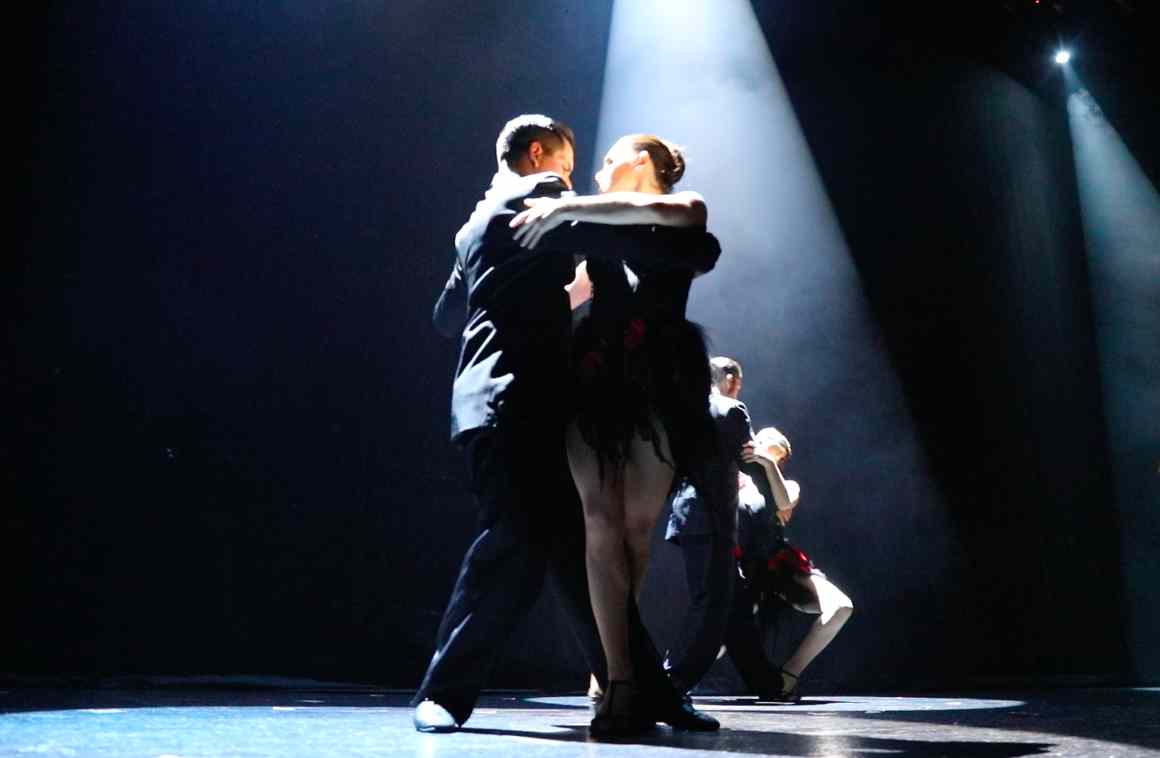
Tango shows at the ballrooms in Buenos Aires. /CGTN Photo
Tango shows at the ballrooms in Buenos Aires. /CGTN Photo
Sexy steps with unexpected rhythms – you can't miss tango when you visit Buenos Aires. Shows are available on every evening of the week in the city. The dance is also something the local people are very proud of.
The dance consists of a variety of styles that developed in different regions and eras of Argentina, which developed in response to many cultural elements, such as the crowding of the venue and even the fashions in clothing. The styles are mostly danced in either open embrace, where lead and follow have space between their bodies, or close embrace, where the lead and follow connect either chest-to-chest or in the upper thigh, hip area.
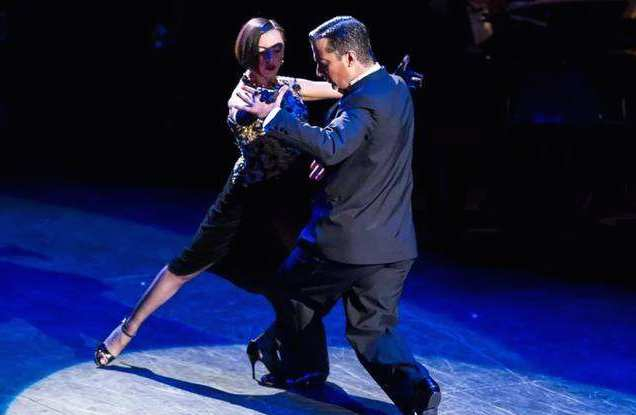
A Tango show in Buenos Aires. /CGTN Photo
A Tango show in Buenos Aires. /CGTN Photo
Ballroom tango steps were standardized by dance studios. The steps have been relatively fixed in style for decades. However, Argentine tango has been an evolving dance and musical form, with continual changes occurring every day on the social dance floor in Argentina and is still based heavily on improvisation.
However, the dance a hundred years ago looked different from what is today seen in ballrooms. In the late 20th century many Italians flopped into this part of the city, but they didn't speak the local language. The living conditions were very poor, but meanwhile, a sad but famous dance came into being, the tango.
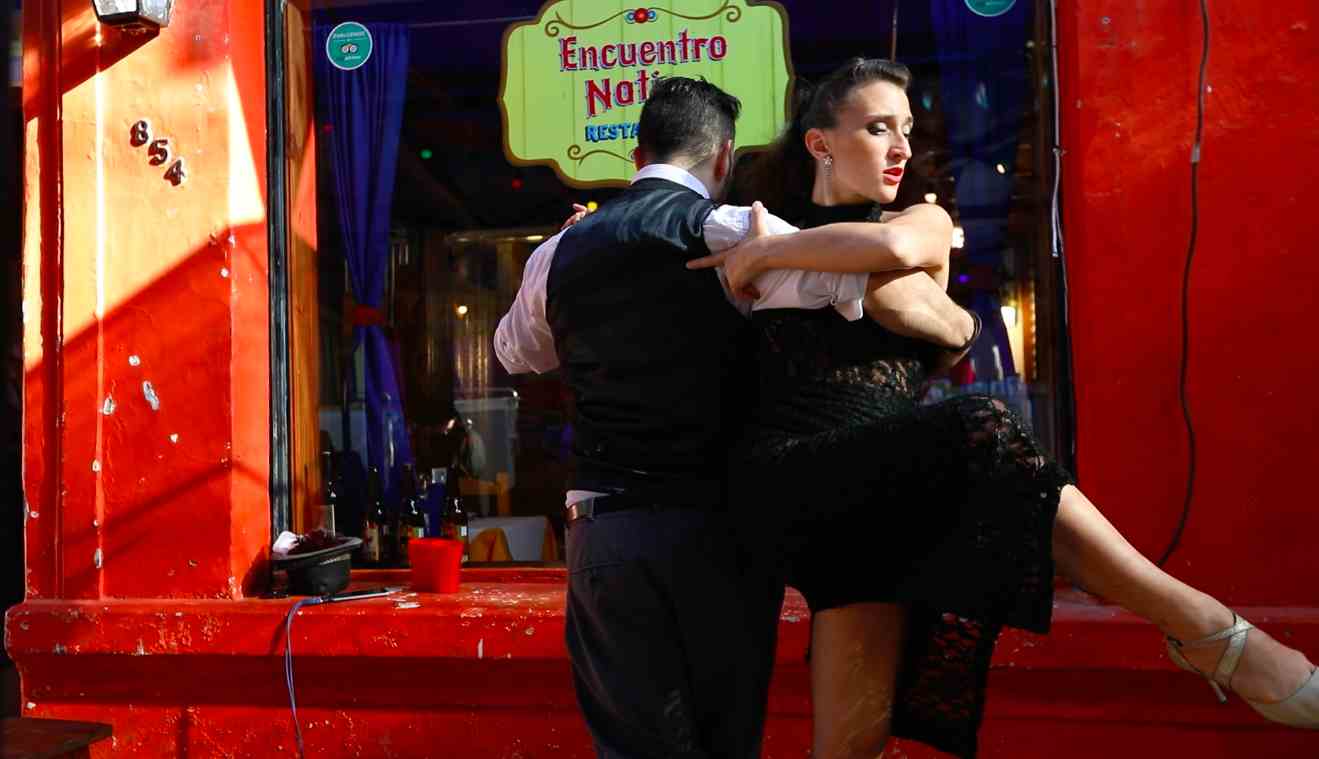
Tango in a small restaurant along the street in Buenos Aires. /CGTN Photo
Tango in a small restaurant along the street in Buenos Aires. /CGTN Photo
Its lyrics are marked by nostalgia, sadness, and laments for lost love. The typical orchestra has several melodic instruments and is given a distinctive air by the small button accordion called the bandoneon. It has continued to grow in popularity and spread internationally, adding modern elements without replacing the older ones.
Nowadays, the original tango style can be seen in small restaurants or clubs along the streets of the port area. Like many other traditions, tango is also facing challenges from the popularity of modern dance.
Fortunately, there's still a younger generation fond of tradition. So many young people like tango very much, and people who're older than them may not have been particularly interested in tango before, but more and more are into it now, and even some universities now have classes to teach tango.
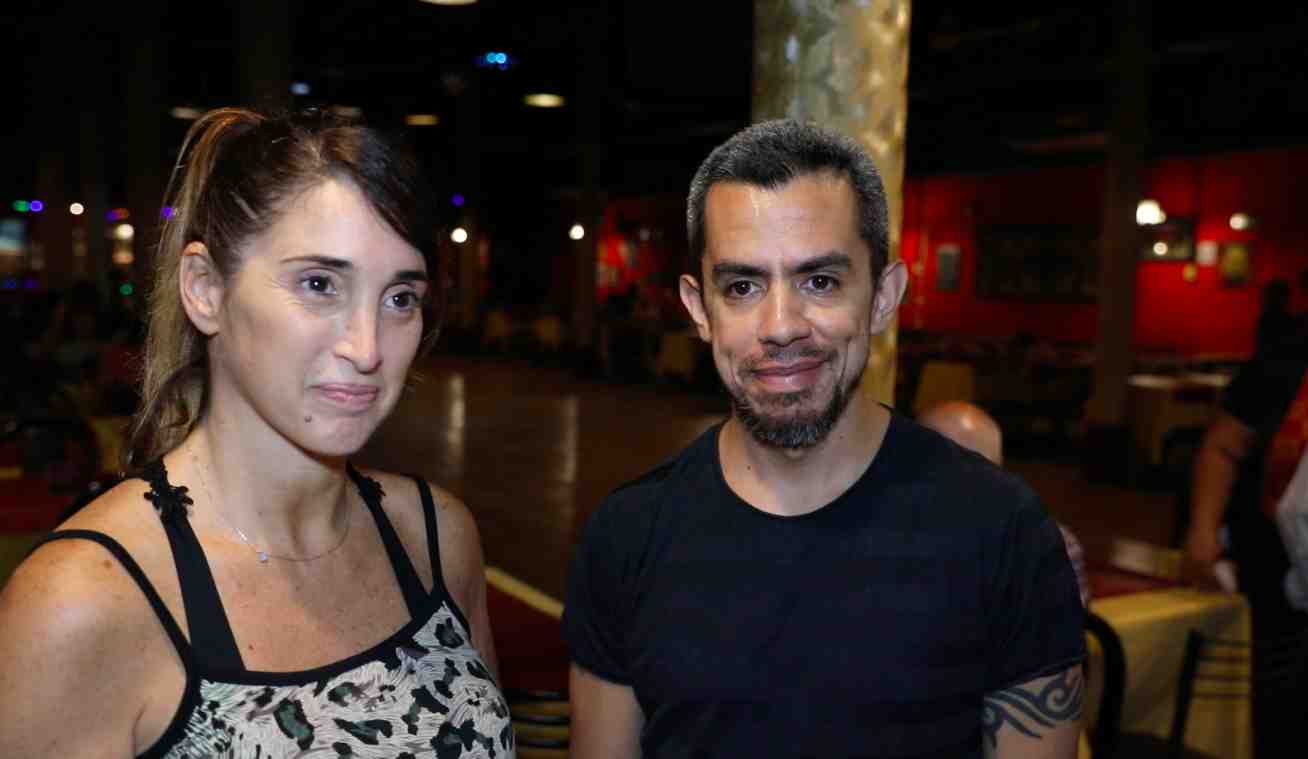
According to the couple of dance teachers, tango is very attractive for foreigners. /CGTN Photo
According to the couple of dance teachers, tango is very attractive for foreigners. /CGTN Photo
Martin Ojeda Casas, a dance teacher said that a lot of foreigners come here to learn dancing, and many people from all over the world keep coming to Argentina because of tango, for them, tango represents Argentina.
Foreigners can easily join short training courses in Buenos Aires to satisfy their curiosity, but formal training courses are usually expensive.
Alejandra, Martin's dance partner added that they'd been teaching tango in China before, and now many business and government agencies in China invite they to perform the tango because of the cultural exchanges of the Belt and Road Initiative.
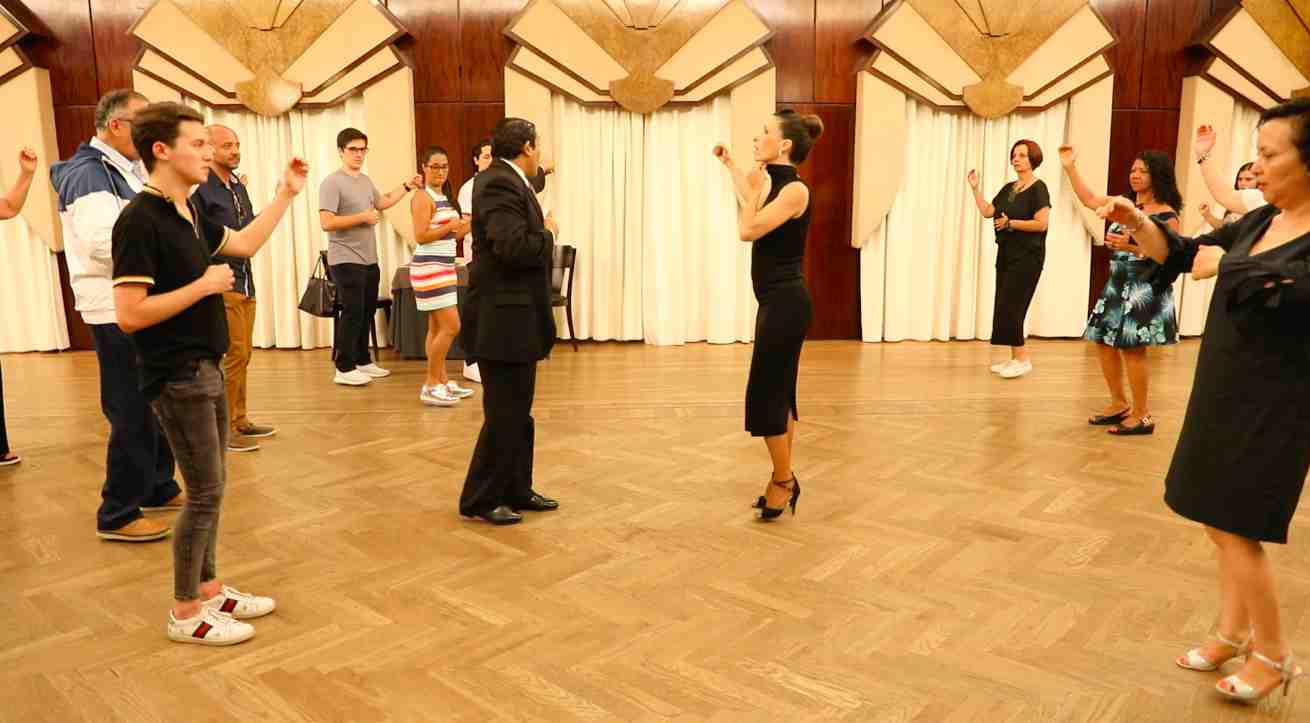
A popular tango class in an institution of Buenos Aires. /CGTN Photo
A popular tango class in an institution of Buenos Aires. /CGTN Photo
In China, Argentine tango is increasingly popular among young people, and there are lots of tango professional clubs in dozens of cities in China such as Beijing, Shanghai, Chongqing and Hangzhou. Tens of thousands of Tango lovers are learning.
Today, tango has been included on UNESCO's Intangible Cultural Heritage List. And its uniqueness continues to attract the eyes of visitors to the South American country, and it will stay popular both in Argentina and around the world.
(Top image: The Tango Cards in the markets of Buenos Aires. /CGTN Photo)

SITEMAP
Copyright © 2018 CGTN. Beijing ICP prepared NO.16065310-3
Copyright © 2018 CGTN. Beijing ICP prepared NO.16065310-3